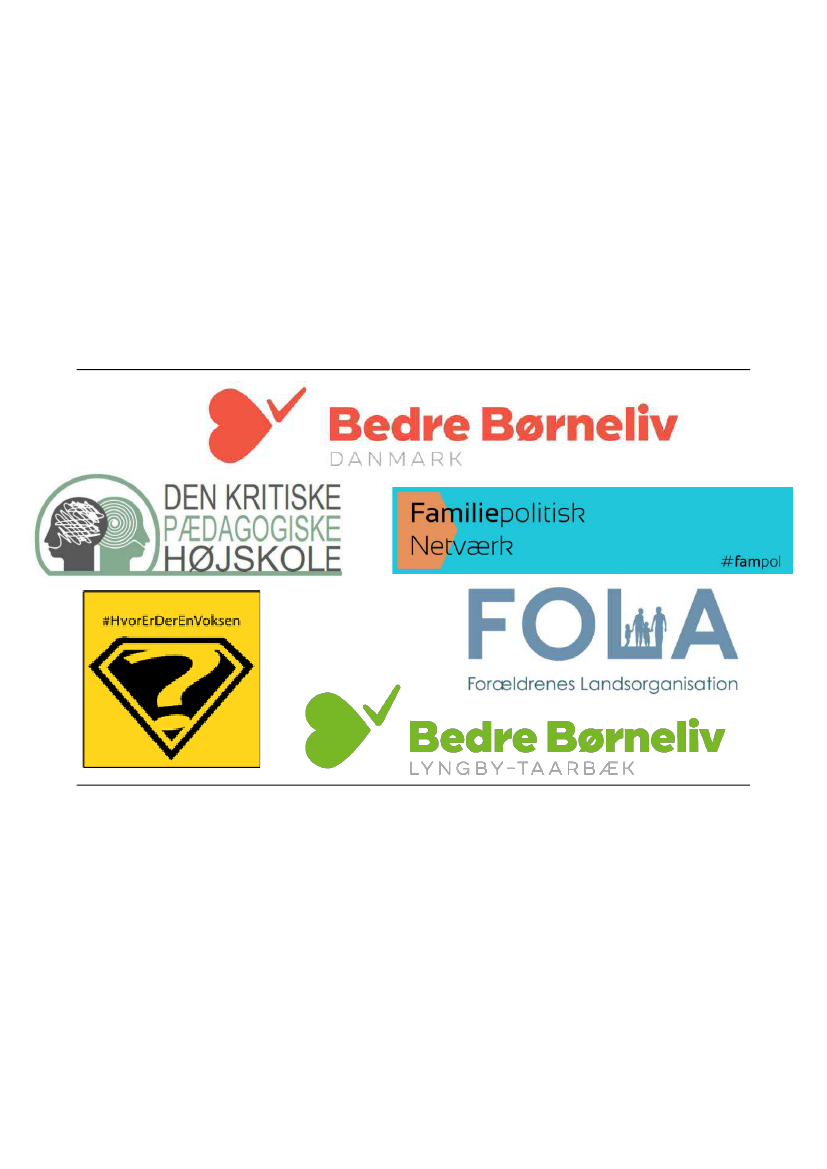
Joint Submission
Universal Periodic Review of Denmark
38
th
Session of the UN Human Rights Council
April-May 2021
Submission date: 15
th
October 2020
This Joint Submission was prepared by
Better Child Life Denmark [Bedre Børneliv Danmark]
and is supported by
The Critical Pedagogical College [Den Kritiske Pædagogiske Højskole]
Family Policy Network [Familiepolitisk Netværk]
WhereIsTheAdult? [HvorErDerEnVoksen?]
FOLA
– Parents’ National Organization [Forældrenes
Landsorganisation]
Better Child Life Lyngby-Taarbaek [Better Child Life Lyngby-Taarbæk]
Page 1 of 16